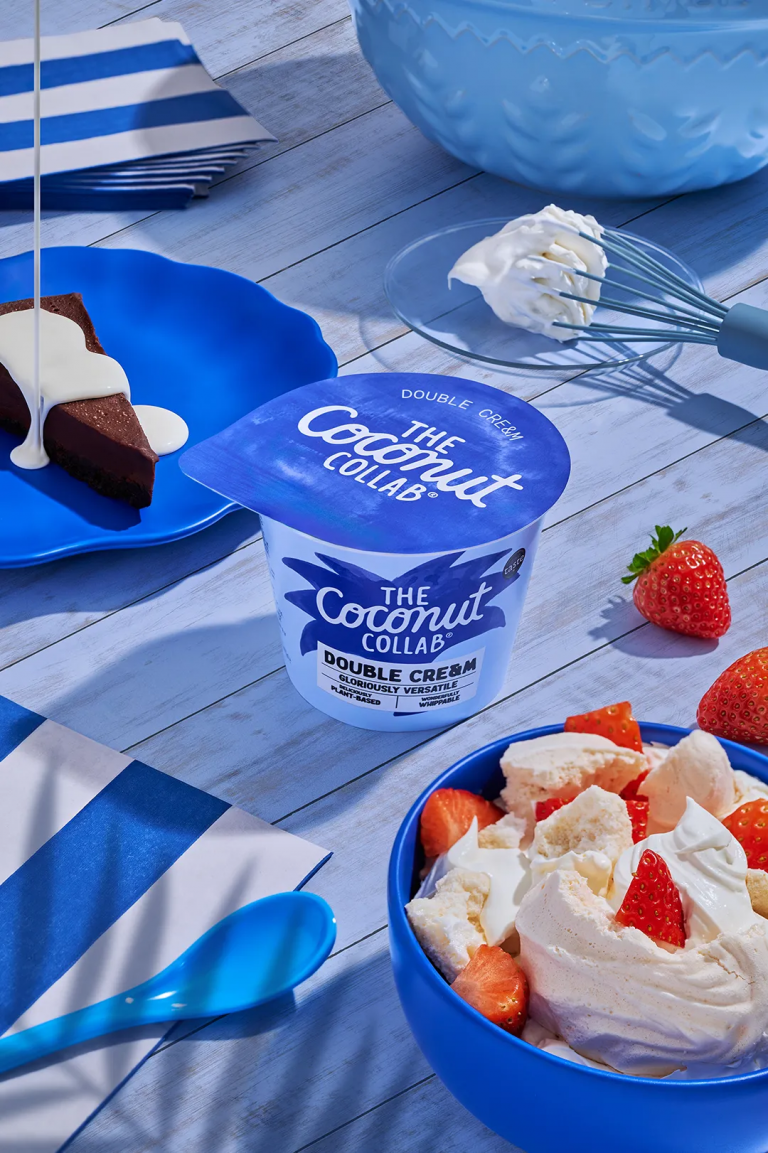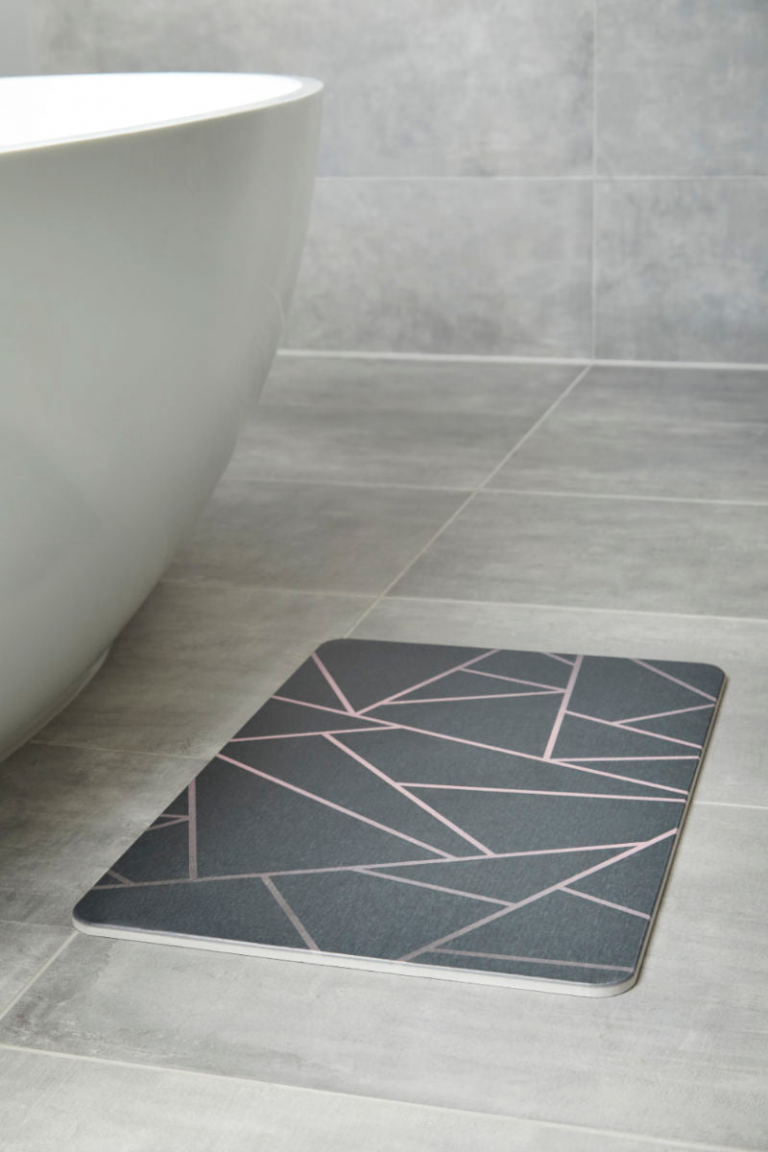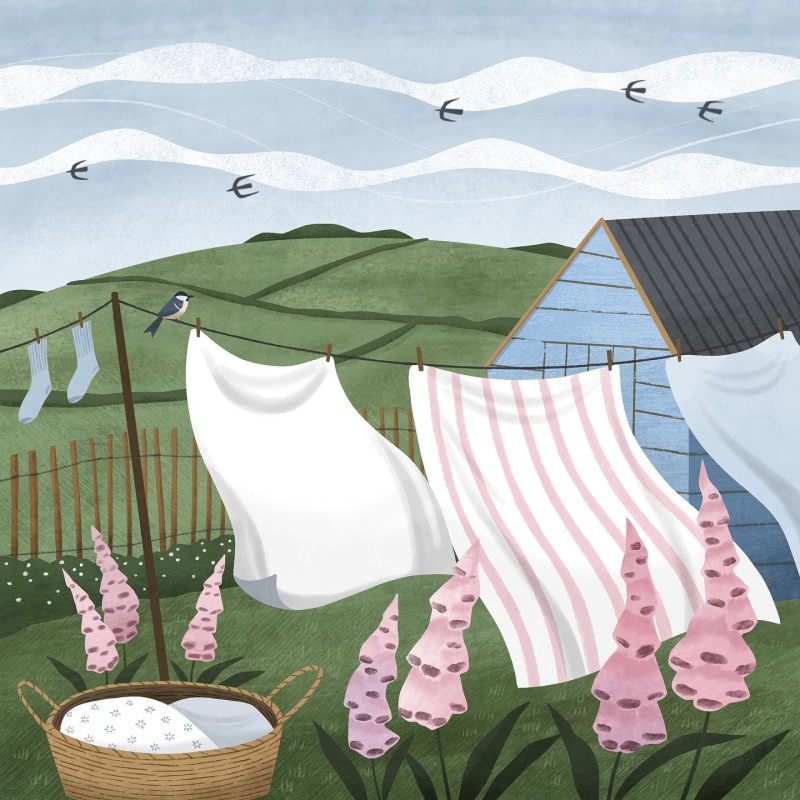
After you’ve laundered your clothes, you obviously have to dry them. And that’s no so simple in England’s rainy climate, as you can’t just leave them out in the sunshine to dry, as often there isn’t any! This post looks at different ways to dry your clothes that are natural and eco-friendly.
Read our post on biodegradable laundry detergents (unscented for pregnancy/nursing, babies and pet bedding – citrus is toxic to pets).
As England has very changeable weather, it’s always a good idea to check the Met Office forecast, which is pretty accurate. This way you can know if the weather is suitable for drying clothes outdoors, or whether there’s going to be a downpour.
We are always told to avoid going out between 10am to 2pm in summer, when the sun’s rays are strongest. Of course this is actually good for drying clothes (and a bit of wind helps!)
Tips to Dry Clothes Quicker
- Use a spin cycle on the washing machine (low-spin to avoid creases).
- Sort out damp if you live with it. A small dehumidifier helps.
- Don’t overfill your machine, as clothes will be more damp.
Retractable Clothes Lines
Clothes lines are the obvious choice for drying clothes outdoors. There are old-fashioned clothes lines and rotary line driers (store these away when not in use, to avoid accidents near children, pets and wildlife).
If you have a wall and someone with a few DIY skills, a retractable clothes line is likely better. This means that you only pull out the line when in use, so it’s safely stored away the rest of the time. And it also makes your garden look nicer, as you can then enjoy it without a washing line blighting your view. They also are good for balconies.
Minky is a good brand, it costs around £20. It is designed to prevent sagging and has a bracket to easily detach from the wall.
Portable Washing Lines
These allow you to wheel them out to use (you can also ‘wheel it towards where the sun is), then wheel them to stow away, when not in use. High & Dry Portable Washing Line can hold 2 full loads (including king-size sheets and duvet covers, without getting tangled), then folds away in seconds.
It arrives with two tools, to put it together in under an hour. It is quite expensive (over £200) but should last a lifetime, and works out much cheaper than tumble dryers, that cost a fortune to run.
Indoor Washing Lines
Indoor washing lines are good, if you have no garden or outdoor space. These kind of work the same as outdoor retractable washing lines, you just roll them back into the wall, when not in use.
Always dry clothes in ‘wet rooms’ like bathrooms (not living rooms or bedrooms, as this could create dangerous mould). Also don’t dry clothes on radiators, this is a fire hazard.
Heated Clothes Airers

Heated clothes airers are a good investment. They cost a bit, but again long-term work out better financially than tumble dryers (they cost less than 10p an hour to run). Modern versions switch off automatically, with built-in timers. They also are easy to move, and fold down for storage.
These work by gently warming the air around your washing, to cut drying time and ward off musty smells. Their low-level heat is safe on most fabrics.
Zero Waste Clothes Pegs
Rather than buy virgin clothes pegs in plastic bags, here are a couple of better choices:
Clothes Pegs Made from Fishing Waste
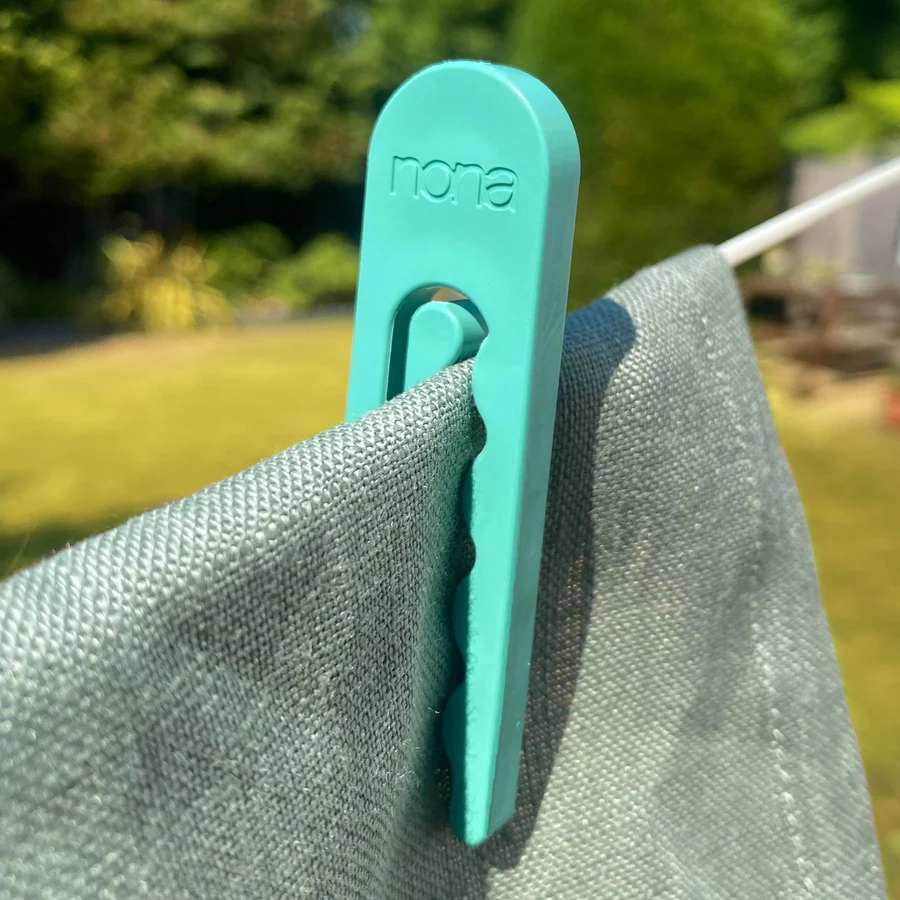
Made by Nona turns this problem of ghost fishing waste into hard-wearing clothes pegs that last for years. It’s not really good to turn recycled plastic into clothes (as washing them releases microplastics), but for clothes pegs they are ideal.
The pegs are solid single-pieces without springs that snap, and practically unbreakable. Plus they won’t rust, bend or fall off the line, like plastic pegs do after windy nights. They can gently but firmly hold light shirts and heavy towels, and have smooth edges that won’t snag on clothes. They are also easy to squeeze, even with cold or wet fingers.
Unlike wooden pegs that swell and go soft after wet weather, and plastic pegs that go brittle in the sun, shed plastic chips or snap under heavy loads, these pegs stay rigid in heat and cold.
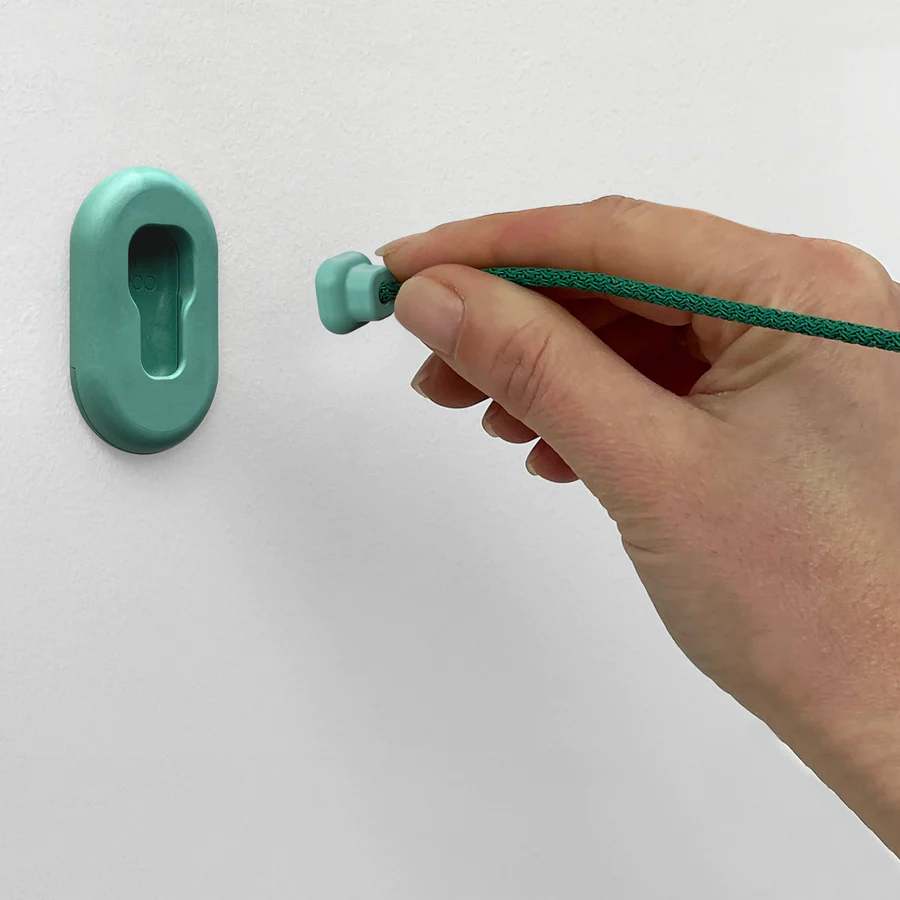
You can also buy the matching Nona Loop, a washing-line alternative that can be used in homes, garages and laundry rooms or on balconies. The Loop Basic has an optional Loop Return to help turn corners for awkward spaces, with a knitted cord in 12m or 16m lengths.
Quality Stainless Steel Clothes Pegs
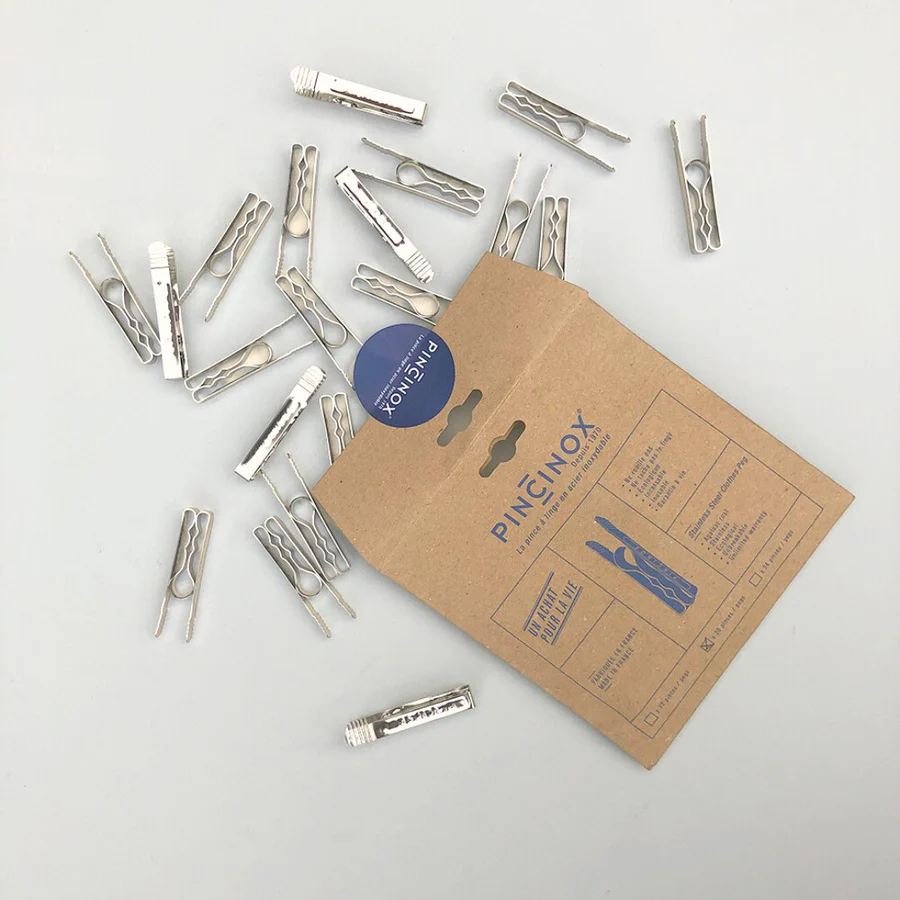
Stainless steel clothes pegs are made in France, and also last for years in rain or sun, and resist rust. Made since 1970, these are sold in packs of 20 or 40, and packed in paper. They can also secure heavy wet blankets, and the springless forged construction means no joints snap under pressure.
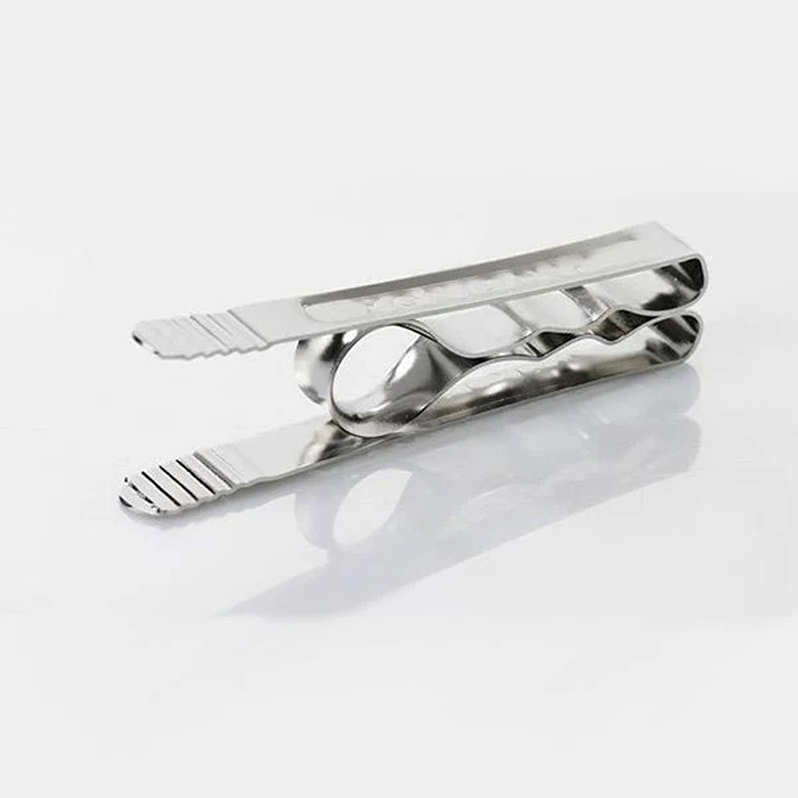
Gardeners can also use them to secure seed packets, and campers find them useful too, for securing tarps on breezy evenings. They are also good to seal open bags of frozen peas! And of course are easily recycled, at end of use.
These pegs were created by Monsieur Violet (what a fabulous name!), A French metal worker, after his wife complained about wooden clothes pegs!
A Natural Way to Soften Clothes

Instead of fabric conditioners (some brands can increase flammability of fabrics, in tumble driers), add half a cup to unscented cleaning vinegar to the dispenser or final rinse cycle. The smell dissipates, so your clothes won’t smell like a bag of chips!
You can bin empty chemical laundry containers (don’t rinse). For half-full items, take them to toxic waste at your local refuse centre.
Keeping Safe with Tumble Driers
Tumble dryers cost a fortune to run. But if you like them (or have no other way of drying clothes):
- Always register appliances, to ensure you are notified or recalls. Never leave tumble dryers unattended.
- Remove lint after each cycle and bin (don’t leave in garden, it goes mouldy and could choke, if birds took it back to nests).
- Don’t overload sockets, and be aware of scorch/burn marks and visible wires. Ensure the tumble dryer is well-ventilated, and use the ‘cool down’ cycle, before removing clothes.
- If buying a new tumble dryer, it’s UK law that the store has to take back and recycle the old one.
The World’s First Hemp Dryer Balls
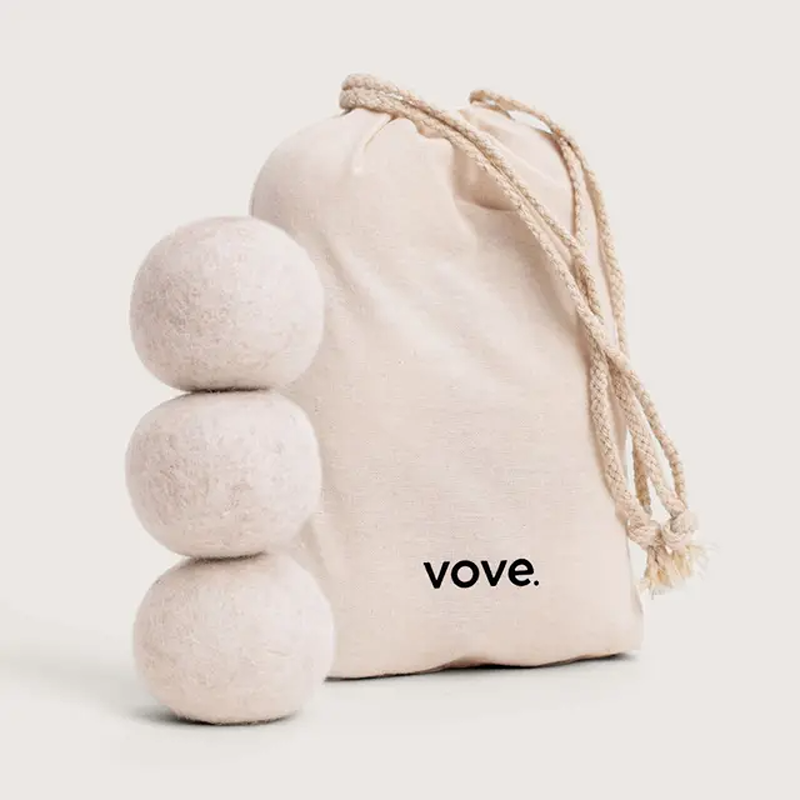
These hemp dryer balls are the eco alternative to tumble dryer sheets, or wool dryer balls (often from sheep destined for slaughter). They allow greater airflow and heat circulation for faster drying time, absorbing moisture into fibres, and leaving laundry soft and fluffy.
Suitable for any fabric, use 3 to 6 per load. Wash before first use. Hemp dryer balls are five times more absorbent than wool (due to shared manufacturing facilities, there may be low levels of wool present, so be aware due to allergies).


